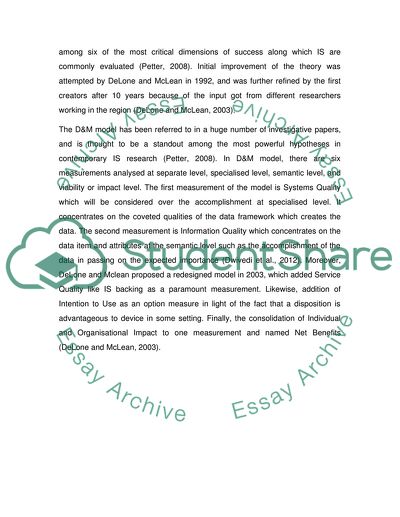Cite this document
(“Evaluation of Information System Essay Example | Topics and Well Written Essays - 3000 words”, n.d.)
Evaluation of Information System Essay Example | Topics and Well Written Essays - 3000 words. Retrieved from https://studentshare.org/information-technology/1668058-evaluation-of-information-system
Evaluation of Information System Essay Example | Topics and Well Written Essays - 3000 words. Retrieved from https://studentshare.org/information-technology/1668058-evaluation-of-information-system
(Evaluation of Information System Essay Example | Topics and Well Written Essays - 3000 Words)
Evaluation of Information System Essay Example | Topics and Well Written Essays - 3000 Words. https://studentshare.org/information-technology/1668058-evaluation-of-information-system.
Evaluation of Information System Essay Example | Topics and Well Written Essays - 3000 Words. https://studentshare.org/information-technology/1668058-evaluation-of-information-system.
“Evaluation of Information System Essay Example | Topics and Well Written Essays - 3000 Words”, n.d. https://studentshare.org/information-technology/1668058-evaluation-of-information-system.


